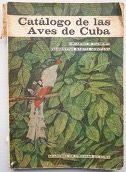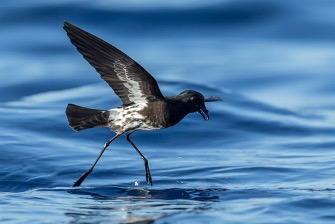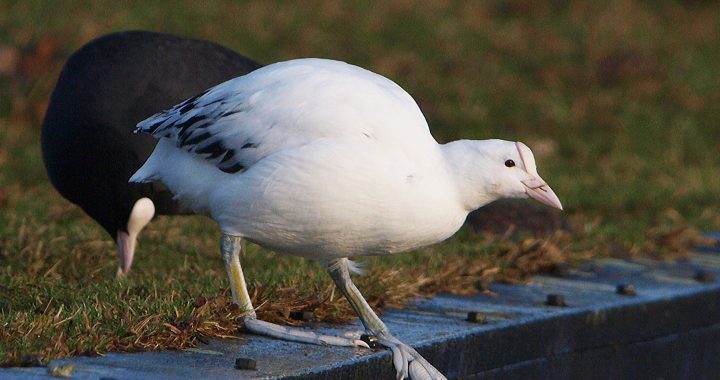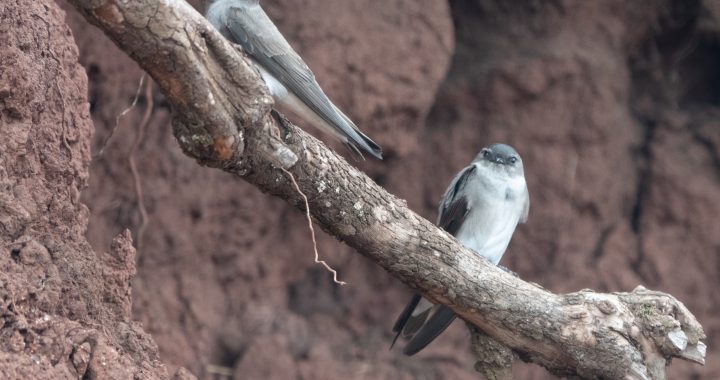No, not all of them, just the one for Cuba. It’s number 26 and I strongly advise you to buy it (the printed version, in English), although I may be biased, being one of the authors. Way back last century, in 1975, two of Cuba’s most distinguished ornithologists (and naturalists) wrote a Catálogo de las Aves de Cuba. I don’t think I really need to translate that. Although it was written in Spanish, all the […]
Read moreCategory Archives: Blog
BOC Blog
A new bird species, the New Caledonian Storm-Petrel
Storm-petrels are the smallest of the petrels, are closely related to albatrosses, and represent more than one-third of the world’s truly oceanic seabird species. Most are nocturnal at their nesting sites, shy by nature, and breed on remote and often inaccessible islands. These features of petrels render them difficult to study and many populations are hardly documented. The description or recognition of a new species is a very rare event. Our new study, published in […]
Read moreA Newsworthy Naturalist; The Life of William Yarrell
Published by the British Ornithologists’ Club and John Beaufoy £25 hardback. October 2021. Why write about Willliam Yarrell? A more pertinent question would be “Why has Yarrell been forgotten?” While making very many contributions to natural history in the 1830-50s, his was a household name among naturalists. William Yarrell (1784-1856) was very organised and lived his life in three separate compartments: his business, his publishing and his commitments to several major natural history societies. William […]
Read moreHow to name a white bird
Colour aberrations in birds have been my main research focus for more than 30 years, during which I have learnt that identifying and naming these aberrations still presents problems for ornithologists. Many terms for the different colour aberrations have been proposed during the last 175 years. These terms, however, have apparently been used at random to identify aberrations in published records, creating much confusion. Leucism seems to be the most commonly used term and is […]
Read moreSerendipity and sound analysis – the discovery of Forbes-Watson’s Swift Apus berliozi in southern Africa
Africa still has vast regions which are ornithologically undocumented and may offer surprises and potentially new discoveries. This is certainly true of Mozambique: a country with low population density and poorly explored wetlands, lakes, woodlands and forests. Even as a frequent visitor to this exciting country, one is never quite sure what to expect! The story of Forbes-Watson’s Swift in Mozambique begins in March 2017, when I led a birding tour to southern Mozambique – […]
Read moreIs there an undescribed martin in Ethiopia?
Swallows and martins are admired for their graceful flight, their long migratory journeys and their often close association with humans, but they are probably not at the top of birders’ lists in Africa. In particular, the small and dull-coloured martins cannot compete with more “attractive” African bird species and may sometimes even pose identification challenges. Consequently, they are mostly only noticed when “nothing else” is to be seen. It is this lack of attention that […]
Read more





